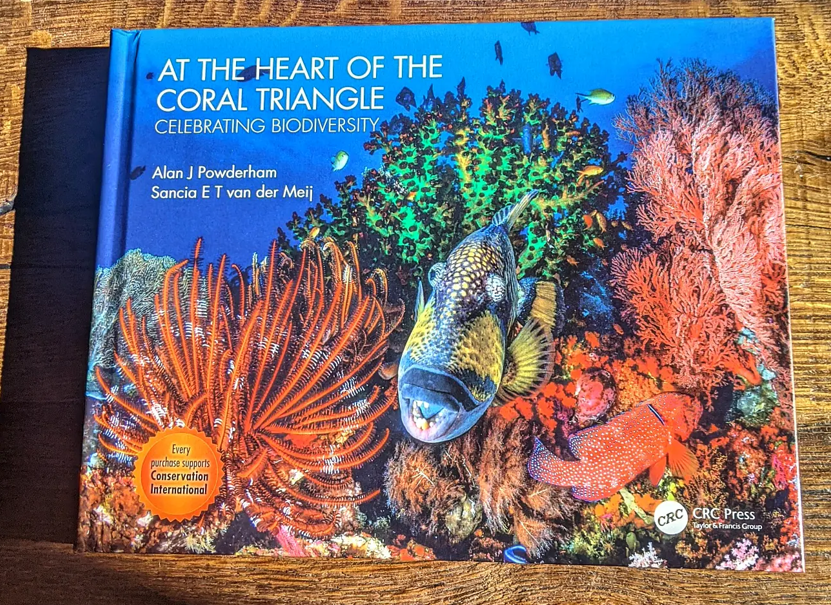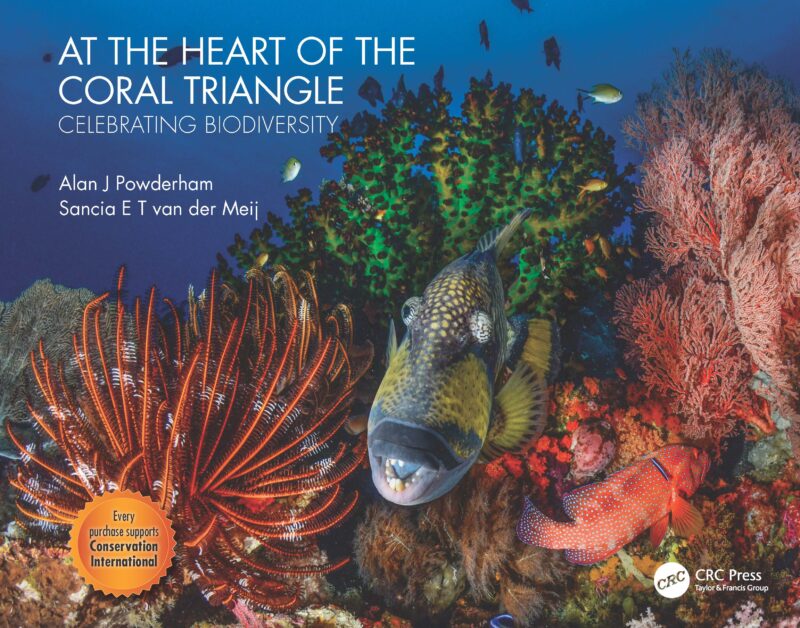Things don’t always run smoothly in publishing, some books apparently cursed with issues; unfortunately, these always seem to be the books in which I’m most emotionally invested! Alan Powderham’s At the Heart of the Coral Triangle is a case in point, plagued with production issues from the moment it went to press before Christmas last year. Four bad proof copies, two wrong print runs, fifty premature grey hairs and countless stressed Zoom calls later, the final, perfect copy landed on my doorstep last Friday. As soon as I opened up those shiny cover boards to reveal the treasure trove within, all the anxiety fell away. You simply can’t stay mad at this book…
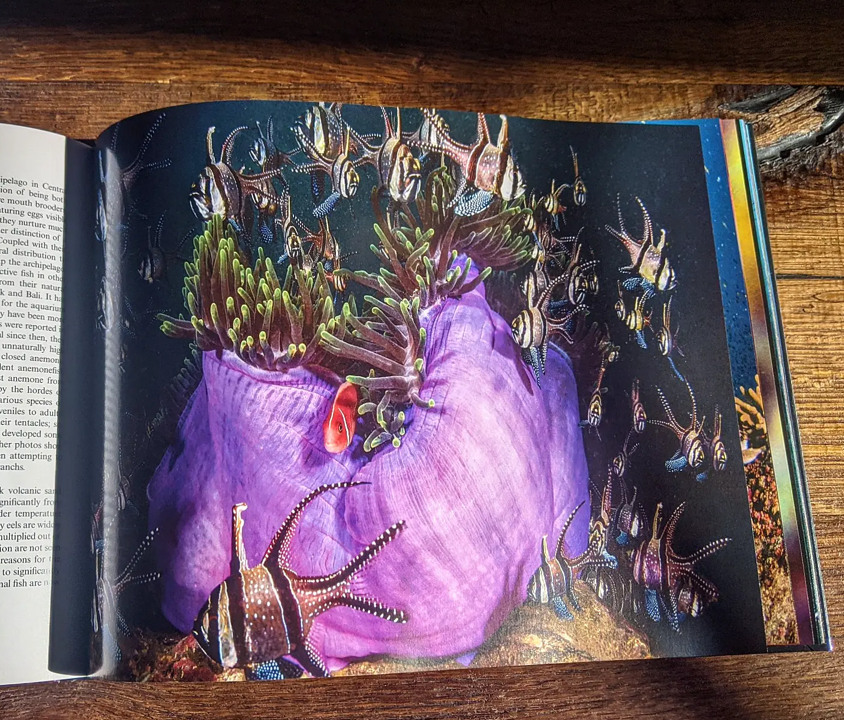
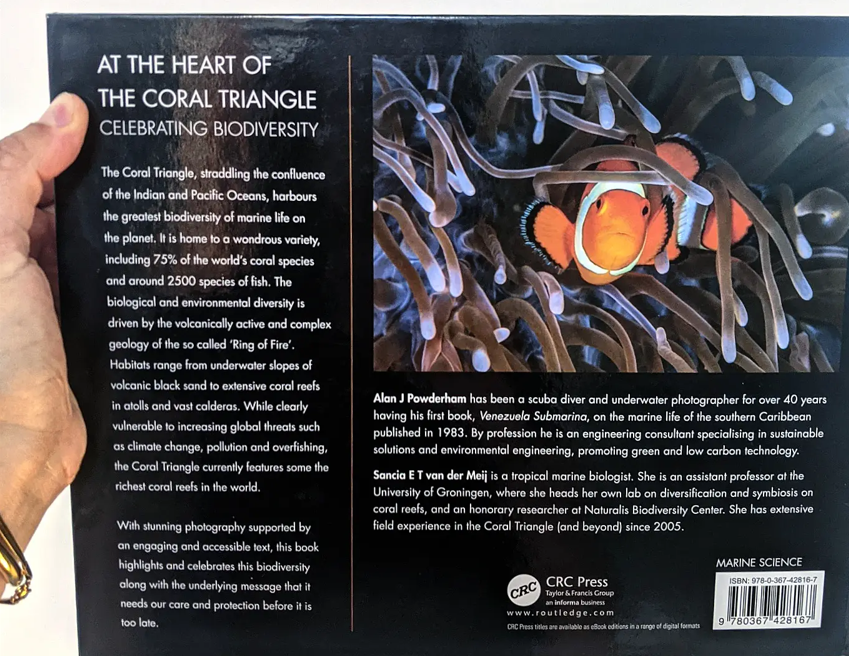 Aimed at marine biologists and the interested general public, the book highlights the diversity, beauty and need to protect the fauna and flora of the Coral Triangle. I met the photographer, Alan Powderham, back in early 2019 when he invited me for lunch at his London home and showed me his dazzling coral reef photography. Alan uses rebreather diving technology to allow him to get unusually close to his subject matter, which means the book contains incredible close-up imagery of fish around the reef. These stunning photos are complemented by coral reef specialist Dr Sancia van der Meij’s biological commentary, creating a scientifically rigorous yet breathtakingly beautiful reference work. Charles Sheppard OBE, Professor of Life Sciences at the University of Warwick, explains the importance of this book:
Aimed at marine biologists and the interested general public, the book highlights the diversity, beauty and need to protect the fauna and flora of the Coral Triangle. I met the photographer, Alan Powderham, back in early 2019 when he invited me for lunch at his London home and showed me his dazzling coral reef photography. Alan uses rebreather diving technology to allow him to get unusually close to his subject matter, which means the book contains incredible close-up imagery of fish around the reef. These stunning photos are complemented by coral reef specialist Dr Sancia van der Meij’s biological commentary, creating a scientifically rigorous yet breathtakingly beautiful reference work. Charles Sheppard OBE, Professor of Life Sciences at the University of Warwick, explains the importance of this book:
Because most people will not see, let alone study and understand coral reefs, we need books whose photographs and text convey their beauty, nature and extraordinary species. Reefs are the canaries in the coal mine in the sense that they are an ecosystem that is forewarning us about the global extinction of species and systems that began ever since we entered this uncharted Anthropocene epoch. The stunning photographs in this book showing images of some of the world’s richest and most intact coral reefs will help to raise awareness, and that is going to be key.
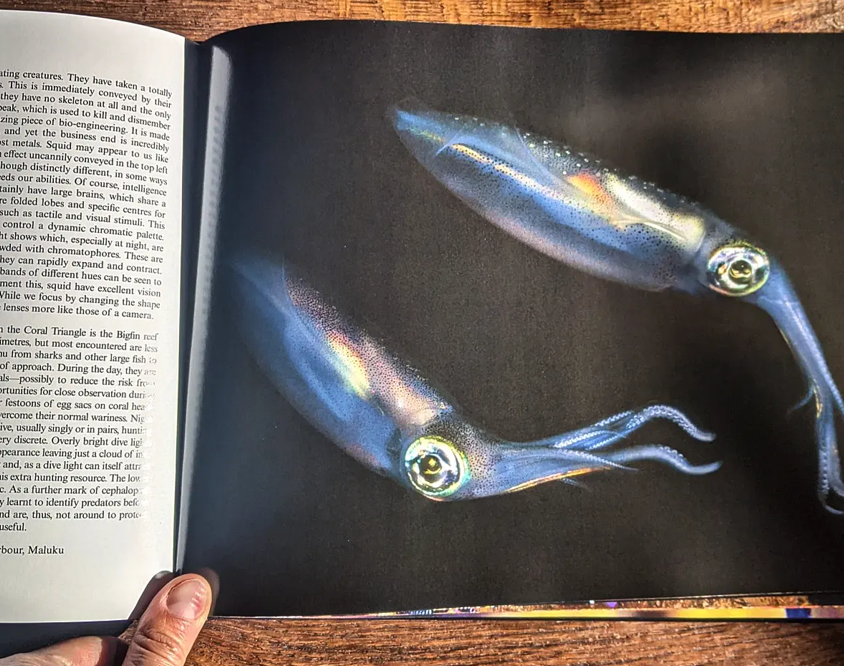
Sadly, the spectacular landscapes and natural riches of the Coral Triangle are under threat from overfishing, climate change, unsustainable tourism, habitat destruction and poor governance. At the Heart of the Coral Triangle showcases exactly why we need to protect this unique ecosystem, contrasting its existing beauty with images of the damage already being perpetrated. The book covers many of the groups of animals seen on the reef that have been largely omitted by others, reporting engaging observations that give insights to many unique behaviours and relationships. And its impacts aren’t just indirect: 10% of the author royalties are going to Conservation International to aid their work in the region.
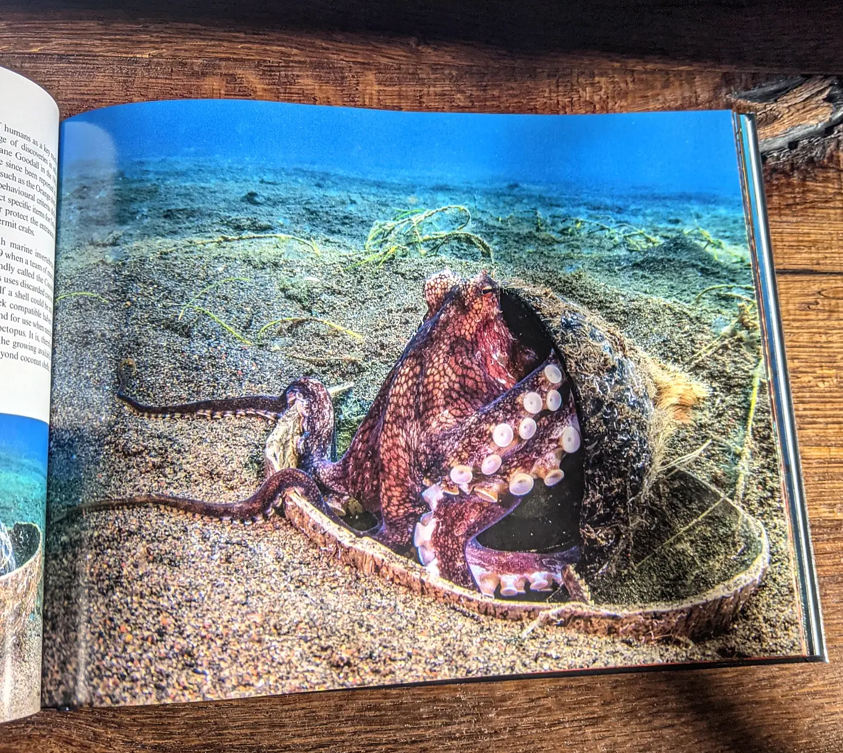
One of my favourite things about working on this book was reading the sample pages and learning about the incredible animals that live on the reef, especially in the Behaviour section of the book. Take the Coconut octopus, pictured above – an animal able not only to use tools, but to select specific items for future use. As shown in the series of photos presented in the book, the octopus uses discarded coconut shells to make shelters, actively seeking compatible halves to complete its home. These cephalopods also carry the halves around for use when needed…
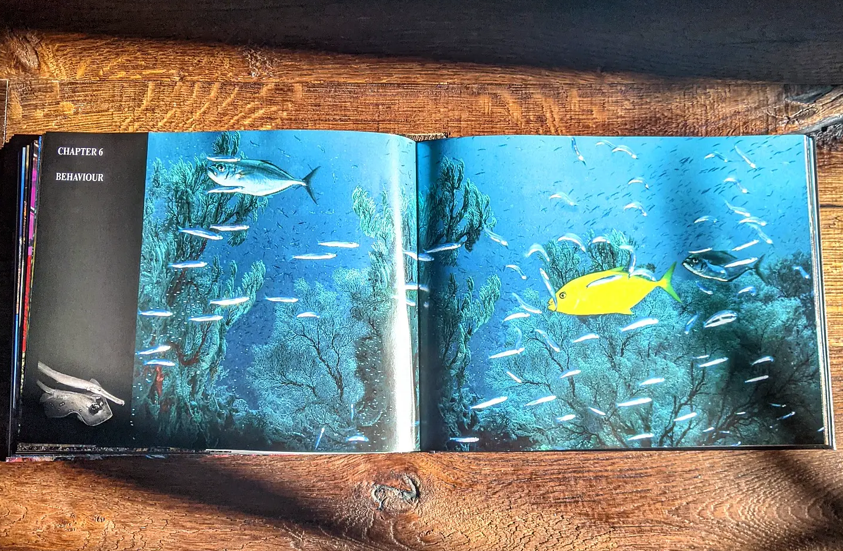
I could give thirty more examples of passages that blew my mind, but I won’t spoil the book for you! It’s available to buy at https://www.routledge.com/9780367428167 for £39.99, which is an absolute steal for a book of this quality, with this much information in it. And of course, some of that money will be helping to conserve those wonders you’ll read about.
Thank you Alan and Sancia, for bringing your book to Taylor & Francis, and allowing me to be part of its journey!
